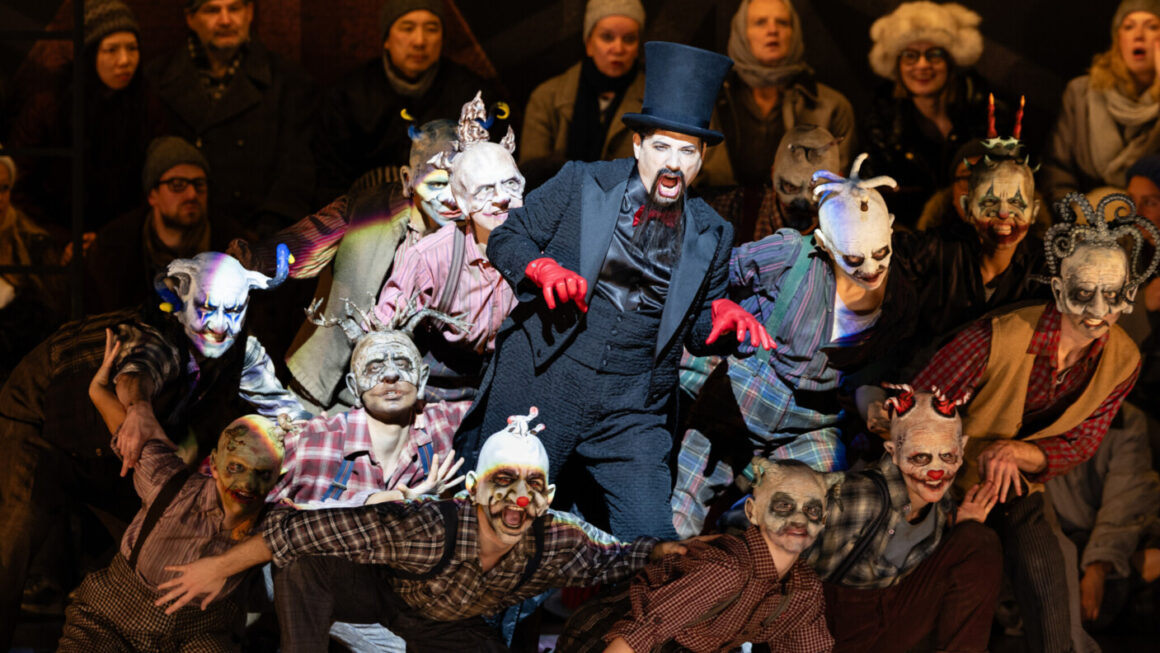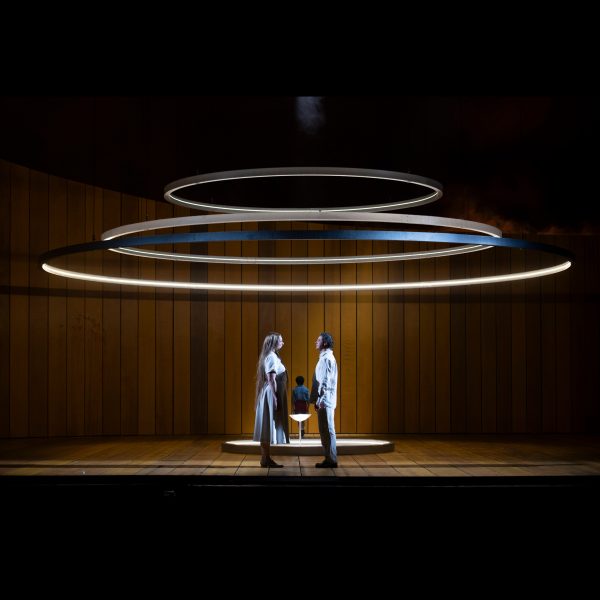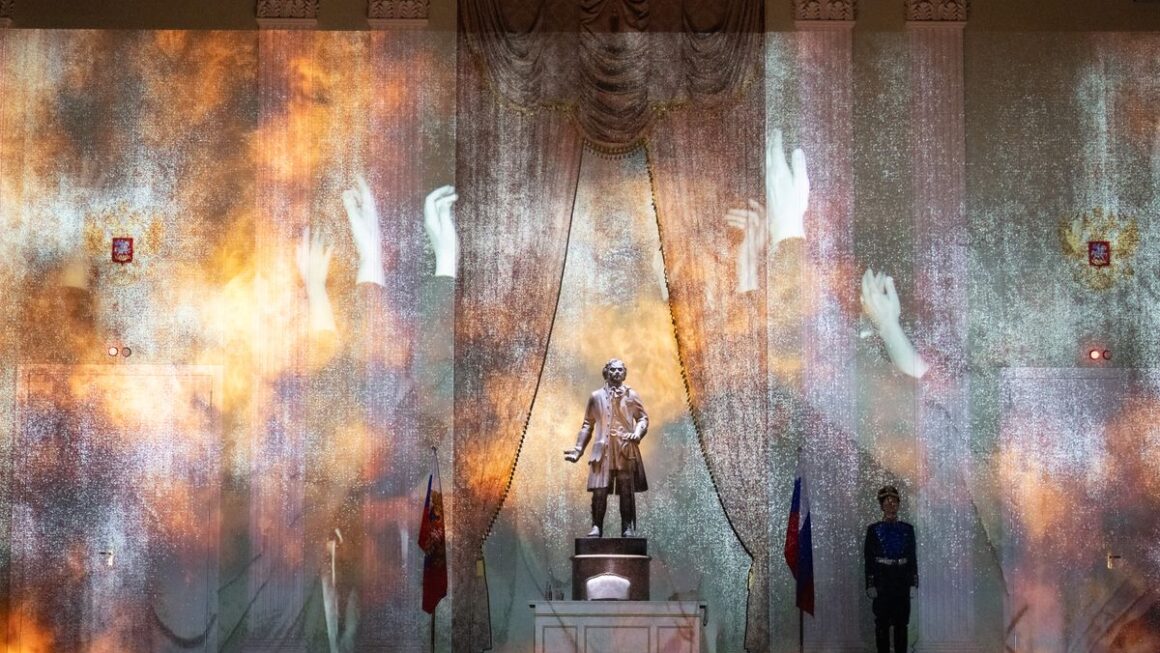Camille Saint-Saëns’ Samson et Dalila received a powerful and deeply compelling performance at the Opéra de Saint-Étienne on May 11. This production proved a resounding success on all fronts, carried by a superb cast and a confident artistic vision.
At the heart of the evening stood an outstanding trio of soloists. Marie Gautrot delivered a darkly magnetic Dalila, marked by her rich lower register and a sensual presence.
Opposite her, Florian Laconi offered a deeply human Samson, defined by suffering, spiritual conflict, and inner doubt. Vocally, Laconi impressed with his secure, well-projected tenor, able to soar when needed but also to retreat into moments of vulnerability.
Philippe-Nicolas Martin, as the High Priest of Dagon, completed the trio with a striking performance. His baritone was firm and nuanced, and he portrayed the role with chilling authority.
Two smaller roles also drew particular attention: Alexandre Baldo as Abimélech and Louis Morvan as the Old Hebrew. Both basses displayed such vocal presence and depth of tone that one wished to hear more from them. Their brief appearances left a strong impression.
The Chœur Lyrique Saint-Étienne Loire shone brilliantly throughout the evening, delivering intensity and clarity in some of the opera’s most dramatic moments. Under the baton of Guillaume Tourniaire, the Orchestre Symphonique de Saint-Étienne offered a reading that was both precise and emotionally charged, highlighting the lyrical richness and dramatic pulse of Saint-Saëns’ score.
The staging, a revival of the Kiel production by Immo Karaman, embraced a black-and-white visual duality. This choice was supported by an ensemble of dancers whose presence added fluidity and clarity to the narrative. The choreography enriched the storytelling without ever distracting from the vocal lines.
In sum, this was an excellent production that reaffirmed the Opéra de Saint-Étienne’s essential role in sustaining and celebrating the vitality of the French operatic repertoire.




